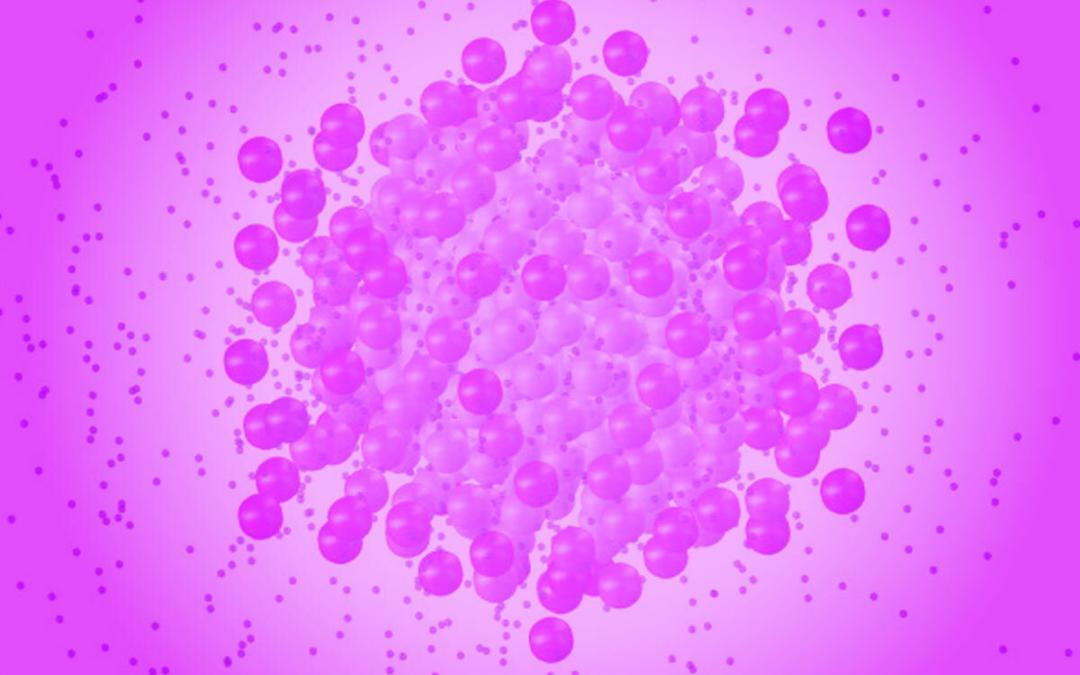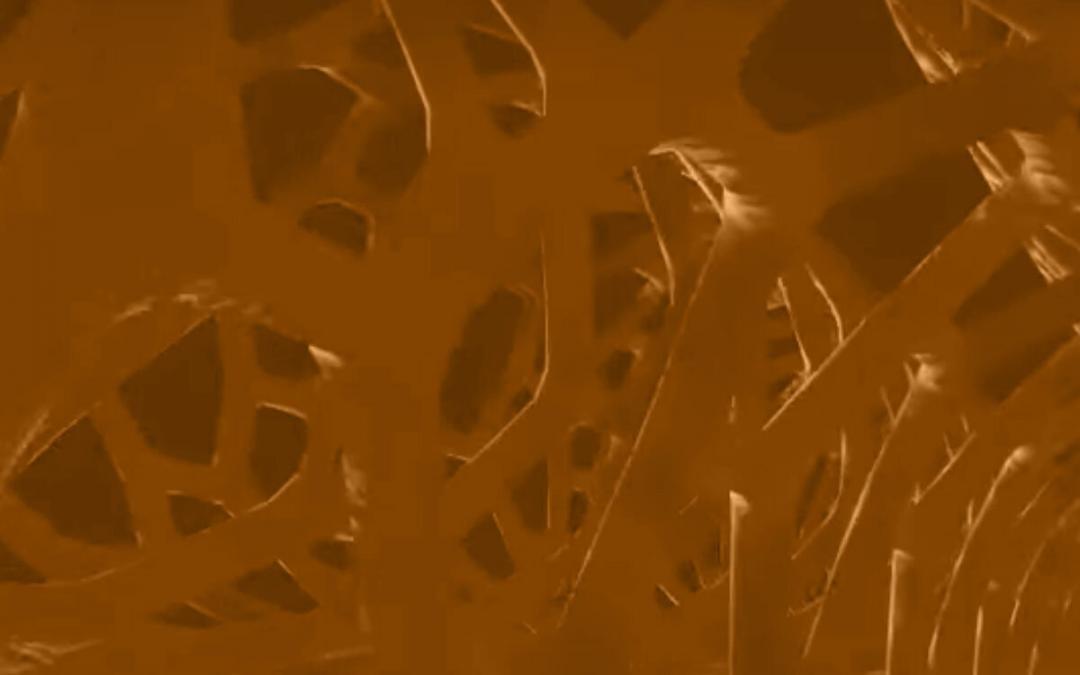
by Hayley Dunning, Imperial College of London
The discovery of slow, low-energy electrons produced by the intense laser cluster interactions provides a missing link in scientists’ understanding of the process, and could explain why biomolecules are damaged. Intense laser cluster interactions were known to produce energetic ions and electrons, but now, in a paper published today in Physical Review Letters, researchers have revealed that relatively slow electrons or low-energy electrons are also produced in large quantities.

by Manuel Gnida - SLAC
Researchers at the Department of Energy’s SLAC National Accelerator Laboratory have recorded the most detailed atomic movie of gold melting after being blasted by laser light. The insights they gained into how metals liquefy have potential to aid the development of fusion power reactors, steel processing plants, spacecraft and other applications where materials have to withstand extreme conditions for long periods of time.

by Cleanroom Connect Editor
The ability to harness light into an intense beam of monochromatic radiation in a laser has revolutionized the way we live and work for more than fifty years. Among its many applications are ultrafast and high-capacity data communications, manufacturing, surgery, barcode scanners, printers, self-driving technology and spectacular laser light displays. Lasers also find a home in atomic and molecular spectroscopy used in various branches of science as well as for the detection and analysis of a wide range of chemicals and biomolecules.


